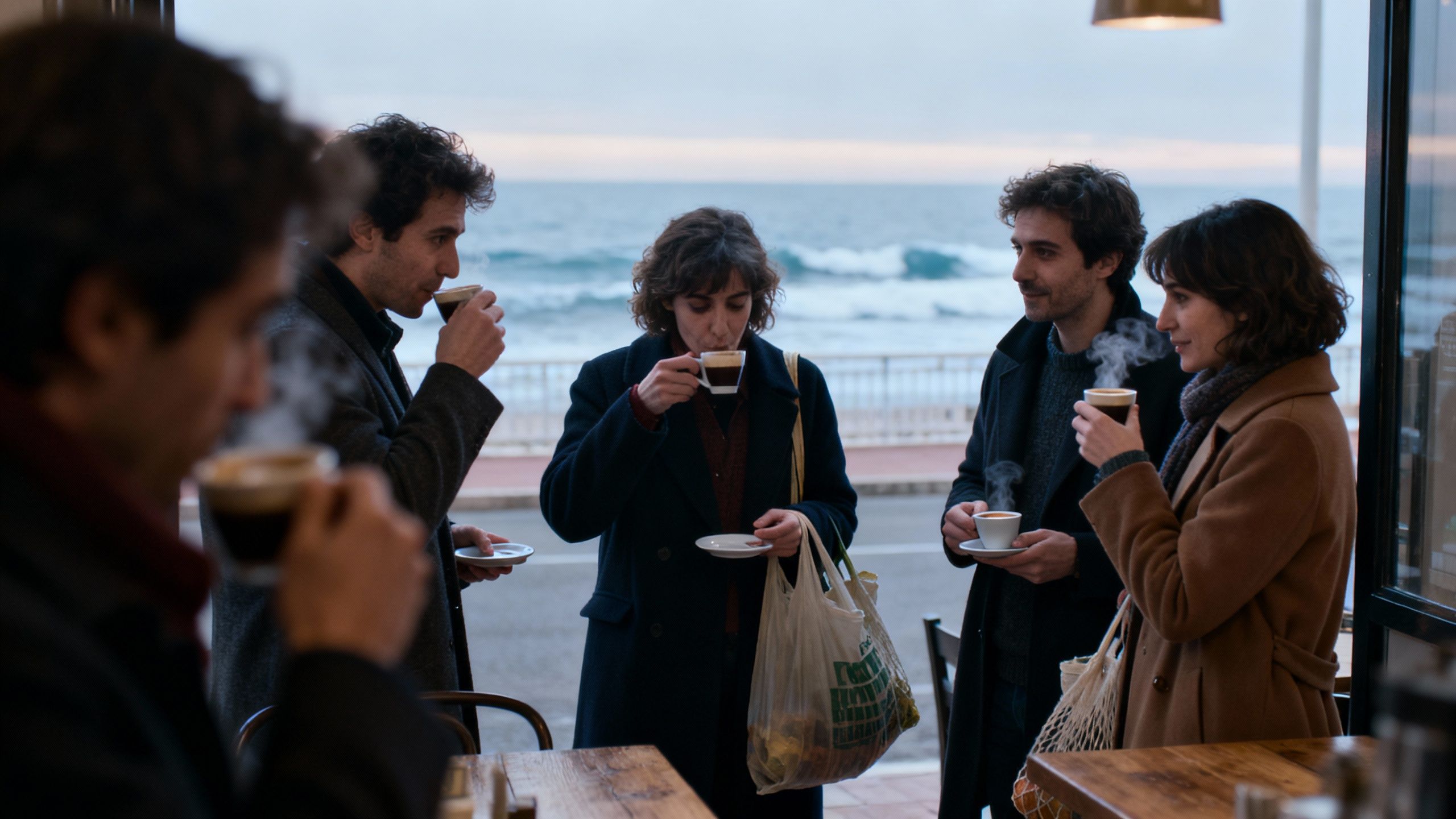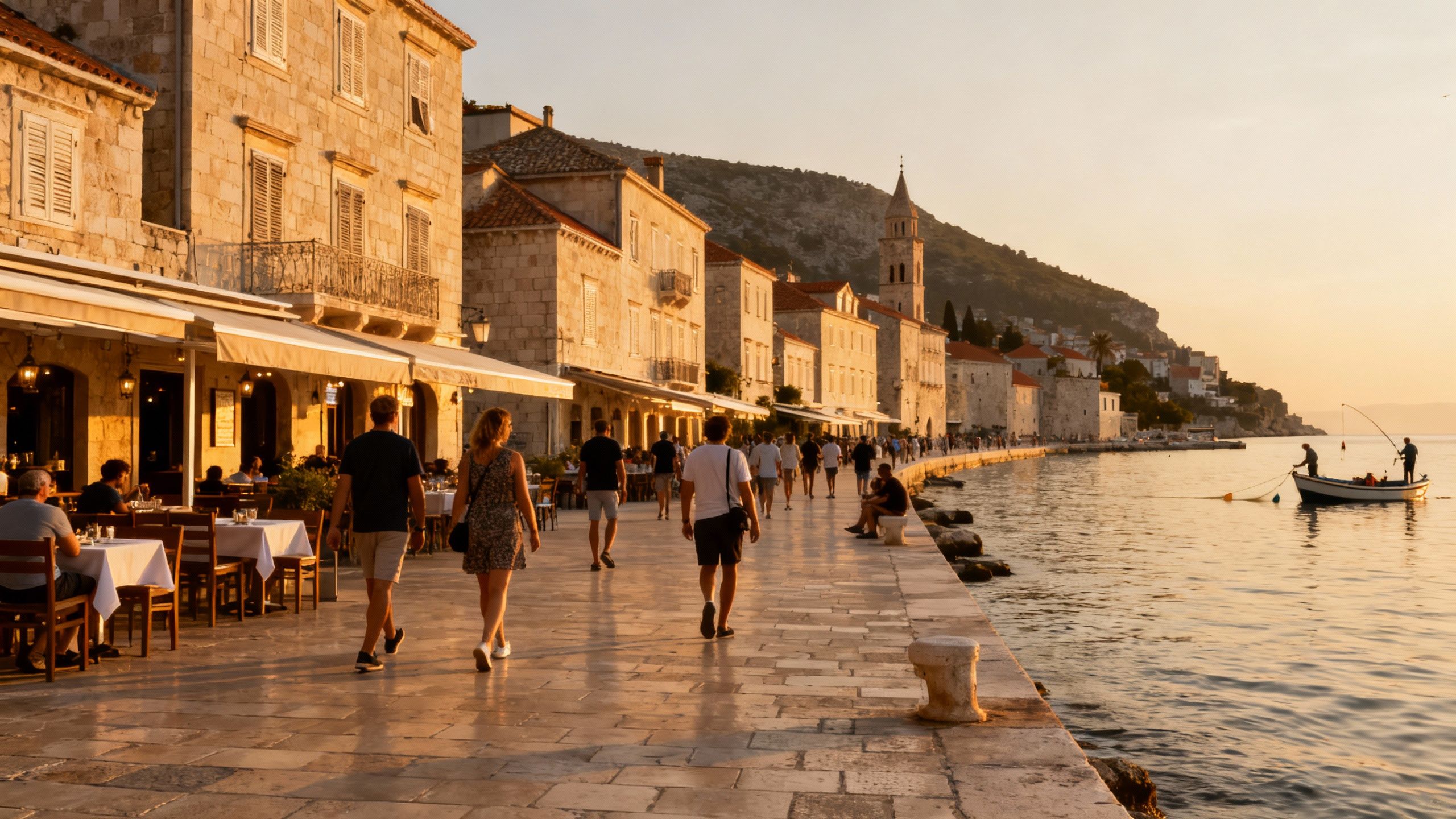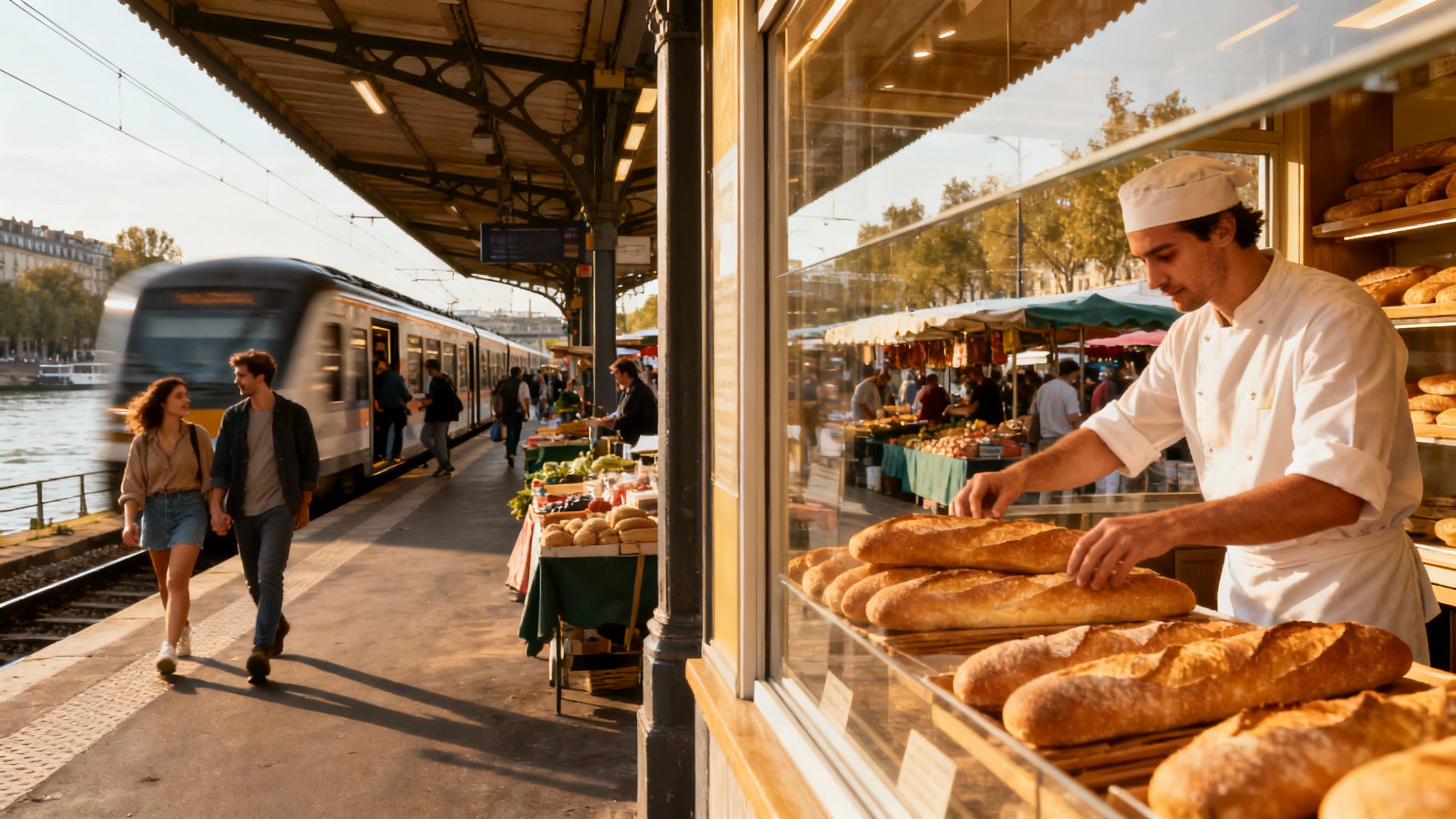Buy Where the Daily Life Is: France’s Real Opportunity
Why everyday rituals — markets, trains, and cafés — matter more than headline prices when buying in France; practical checks that protect lifestyle value.
Imagine waking early on a narrow Paris side‑street, buying warm brioche at Marché des Enfants Rouges, then boarding a midday train to a sunlit weekend house in Les Alpilles. France lives in short, exquisitely textured rhythms: markets at dawn, long lunches, municipal fête days, quiet lanes where neighbours still greet each other. For the international buyer this is the attraction — not only grand façades and vineyard views, but daily rituals that shape where you want to live. Yet the same rhythms mask regional complexity: price pockets, local buyer customs and seasonal shifts that change value and livability.
Living the French life: everyday textures
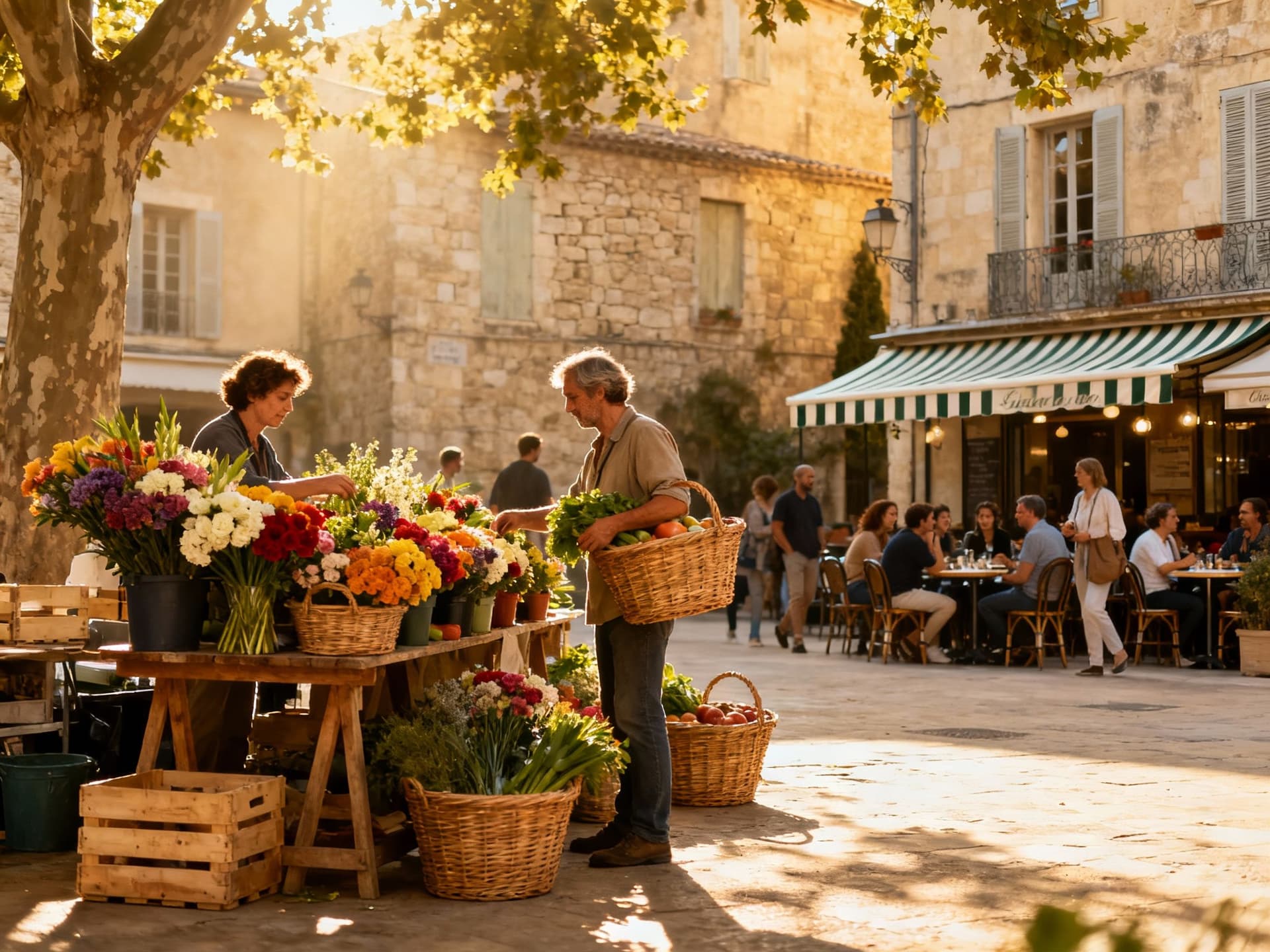
Start with routine: coffee at a standing bar, a stop at the boulangerie, an evening stroll along a riverbank. In Paris that might mean rue Montorgueil or Saint‑Germain; on the Atlantic it’s morning surf at Biarritz or oysters on the Cap Ferret arc. These quotidian details decide where you plant roots. For buyers this means choosing neighbourhoods that support daily life, not just weekend fantasies — proximity to markets, reliable trains and a handful of cafés where you learn names.
Paris pockets and provincial alternatives
Paris concentrates capital and culture; prices remain high in central arrondissements while peripheral communes offer more space for the same budget. Outside Paris, towns like Aix‑en‑Provence, Bordeaux and Nantes deliver good rail links, dynamic dining scenes and a quieter daily pace. Consider whether you want a single, intense urban neighbourhood (the Marais, Saint‑Germain) or a regional centre that trades centrality for room and sunlight.
Food, markets and social life as property assets
Markets are more than charm: they sustain convenience, social networks and resale appeal. A flat a five‑minute walk from a covered market or a weekly village marché usually sells faster and commands steadier demand. Seasonal festivals — harvest fêtes in Burgundy, truffle markets in Périgord, jazz festivals on the Côte — briefly amplify local rental and social life. If you want immersion, prioritise streets that host weekly markets and year‑round cafés.
- Lifestyle highlights to weigh when choosing a place: - Morning market: Marché des Enfants Rouges (Paris) or Cours Saleya (Nice). - Coastal routine: promenade and surf in Biarritz; oyster stands in Cap Ferret. - Village ritual: Sunday marché and communal repas in Dordogne villages. - Cultural anchors: seasonal festivals in Avignon and jazz in Nice. - Daily transit: towns within 2–3 hours rail of Paris (Aix, Bordeaux, Lyon). - Local gastronomy: boulangeries, fromageries and neighborhood cafés that anchor life.
Making the move: lifestyle choices that change the purchase
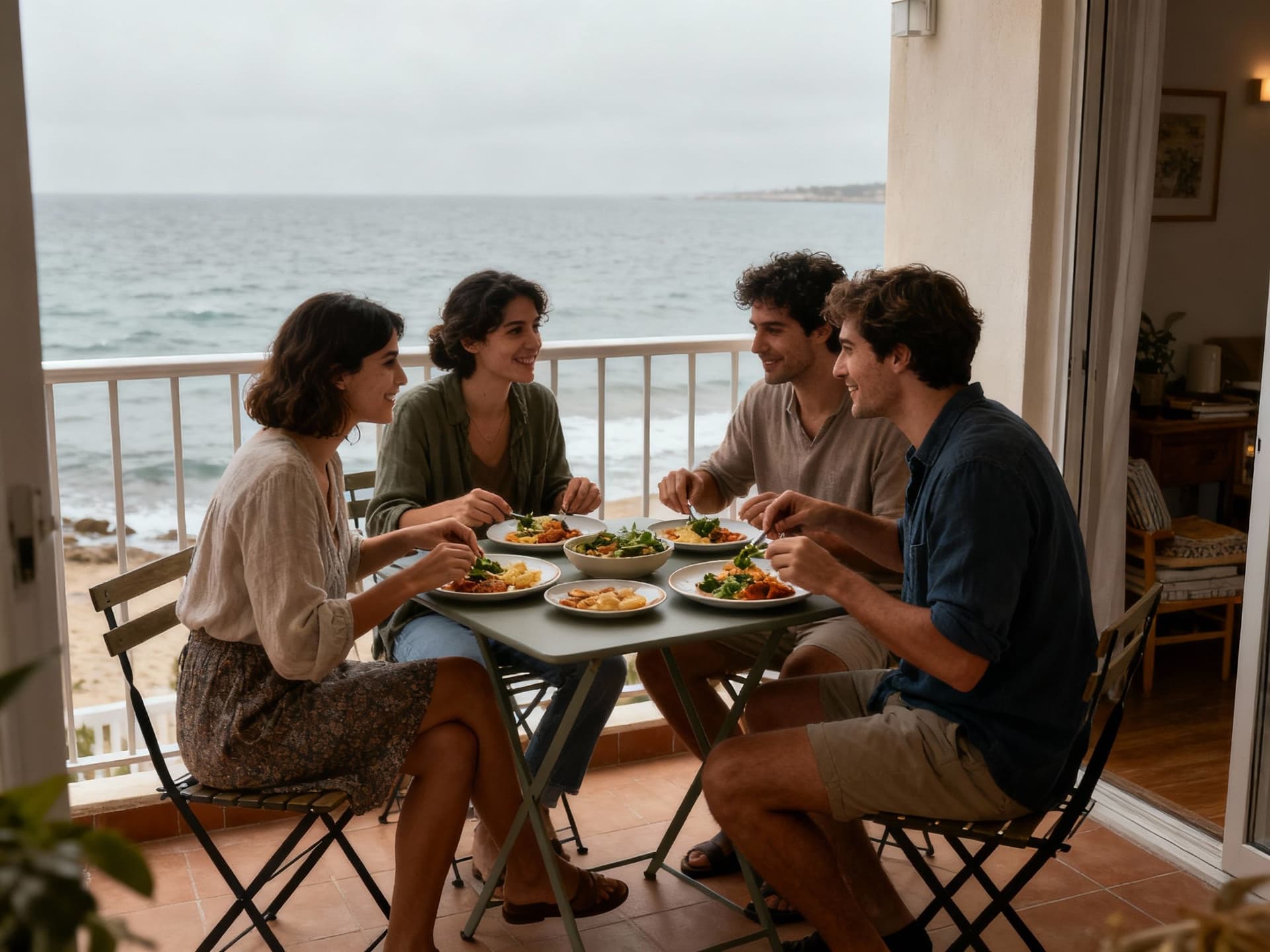
Lifestyle decisions have direct real‑estate consequences: choosing a village with a weekly market reduces the pool of available homes; opting for the Riviera raises entry prices but secures year‑round services. Recent notaires’ data show pronounced regional variation: urban centres have stabilised or recovered while some rural pockets still lag. International buyers should map daily life needs (schooling, healthcare, transport) against local price signals to avoid buying a postcard instead of a home.
Property styles and how you’ll actually live in them
Stone farmhouse in Dordogne, rendered village house in Provence, seaside apartment on the Côte — each requires different daily rhythms. Farmhouses demand maintenance and seasonally variable heating costs; townhomes offer year‑round services but smaller gardens. Historic apartments in Paris are compact, with building rules and syndic governance that influence renovation plans. Match the property type to how you will spend weekdays and weekends, not only to aesthetics.
Working with local experts who understand life, not just listings
- Use local agents who know daily life tradeoffs and can show how a street performs across seasons. 1. Ask for comparable sales within a 500m radius, not just regional averages. 2. Request seasonal occupation data—who rents and when—to test your usage plans. 3. Check syndic rules and commune maintenance practices for older buildings. 4. Verify transport reliability (regional TER and TGV links) for your routine travel. 5. Insist on a walk‑through at market time or a festival to sense real life.
Insider knowledge: what expats wish they’d known
Expat experience often collapses into two regrets: under‑estimating seasonal rhythm and over‑paying for ‘character’ without testing liveability. Summers can turn quiet coastal towns lively and frozen in winter; local services may operate on reduced schedules after October. Equally common is paying a premium for a single street with market cachet while ignoring transport or healthcare access. I’ve seen buyers fall for a picture‑perfect lane only to discover school runs add two hours daily.
Cultural integration, language and community life
French social life is local: committees (comités des fêtes), market vendors and the neighbourhood boulangerie form networks. Learning basic French opens doors to informal buying opportunities and local sales not widely advertised. Spending a season living in your target town (renting first) is the fastest path to integration and avoids expensive mistakes. Expat enclaves exist, but the most durable neighbourhoods are those where you participate rather than isolate.
Longer term: how lifestyle choices affect value and wellbeing
Properties that support daily rituals — a short walk to market, reliable rail, a local doctor — tend to outperform those bought for Instagramable views. Lifestyle durability means year‑round services, accessible amenities and community ties. If your plan includes rentals, favour towns with diversified demand (students, professionals, tourists) rather than a single‑season economy. In short: buy the life you actually want to live, not an amplified version of it.
- Red flags and quick checks before you bid: - Empty high‑season towns after September — check winter footfall. - Syndic debts or unclear copropriété accounts in apartment buildings. - Long drive times to health services or schools (over 30 minutes). - Local planning constraints for renovations in protected zones (ABF areas). - Properties marketed only to foreign buyers without local viewings.
- Immediate next steps to test a French location: 1. Spend 7–14 days living like a local (markets, weekday routines). 2. Ask an agent for a micro‑report: three sold comparables within 12 months. 3. Meet the syndic or mayor’s office to understand maintenance and taxes. 4. Arrange a property inspection focused on heating, insulation and water systems. 5. If considering rental, request occupancy calendars from local managers.
France offers a catalogue of lives: compact Parisian corners, Provençal village mornings, Atlantic surf breaks and Bordeaux vine‑lined weekends. The difference between a good purchase and a regrettable one is how honestly you assess daily life against the property’s realities. Work with advisers who appreciate texture — the market data, the neighbourhood cadence and the small civic rules that change everything. Do that, and you buy more than a house: you buy a place to belong.
Norwegian market analyst who serves Nordic buyers with transparent pricing and risk assessment. Specializes in residency rules and tax implications.
